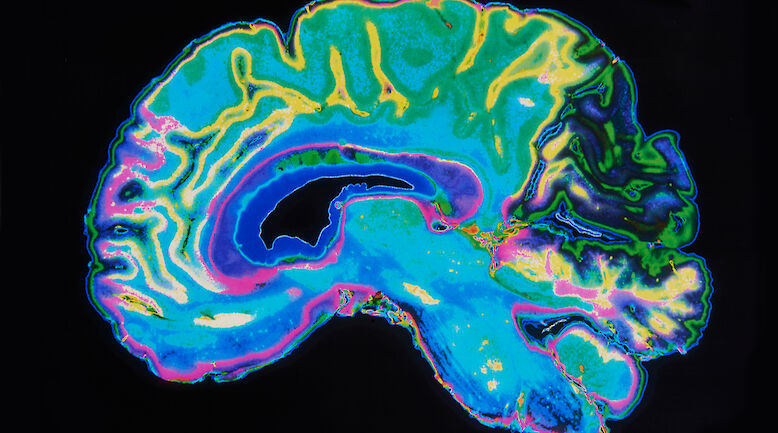English summary: Background factors in young adults receiving temporary disability pensions due to mental disorders

Background
Mental disorders are common reasons for disability pensions among young adults. In 2012, they accounted for 73% of disability pensions granted to those aged 18 to 34 in Finland. Very little research has been published regarding the factors behind young adults’ mental health-related work disability. The aim of this study was to describe the socio-demographic as well as health- and treatment-related factors among young adults who had received a temporary disability pension from an employment pension company.
Methods
The target group consisted of 18- to 34-year-old young adults who, according to a register of the Finnish Centre for Pensions, had received a temporary disability pension from an employment pension company on the basis of a mental health disorder (F10-F69 and F80-F99). Those studied (n = 1163) covered 98% of the target group. The research data comprised pension applications and the attached medical certificates. Three researchers collected information on socio-demographic, health- and treatment-related factors from the data. Inter-rater reliability among the researchers was 92%. We also linked the data to the pension and earnings registers of the Finnish Centre for Pensions. In addition to distributions, we analyzed the background factors by sex, age group, and main diagnosis group.
Results
Of the young adults studied, 56% were women. Temporary disability pensions were granted on the basis of depressive disorders (F32-F34) for 39%, schizophrenia or other psychoses (F20-F29) for 34%, mania or bipolar disorders (F30-F31) for 14%, and other mental disorders for 12%. The disorder had lasted for two years or more in 62%. Psychiatric comorbidities were present in 50% and somatic comorbidities in 8%. Forty-seven per cent had lived in difficult psychosocial conditions as children, and 47% had already experienced symptoms at school. Severe alcohol problems or drug use were reported in 32% and suicide attempts in 21%. Altogether 98% had received psychotropic treatment and 90% had had more than one prescription. Regular psychotherapy was reported in 34%. Forty per cent had finished secondary school but 31% had no vocational training. At the beginning of the sickness absence preceding the disability pension, 37% had been employed, 20% studying, and 37% unemployed. During the three preceding years, 49% had been in paid employment for less than a year or not at all. The background factors differed to some extent according to sex, age group, and the main diagnosis.
Conclusions
The group of young adults receiving temporary disability pensions on the basis of mental disorders was heterogenic. Many had had difficulties during childhood and a long disease history. Compared to their age group as a whole, the young adults studied were less prepared for working life. They had received treatment, which had most often been psychotropic medication. In the future, the accumulation of problems needs to be studied in more detail. It is important to determine which factors are related to the observed differences between subgroups and which factors predict later participation in studies and working life. Support for families with children and adolescents as well as early identification of problems among them and fast initiation of treatment and low-threshold comprehensive support could prevent exclusion from working life among young adults. The support available to young adults should include special activities which help them to study and get into work life. In addition, substance use problems should be identified and treated more efficiently among young people. Special support needs to be provided when targeting young people with comorbid conditions.












